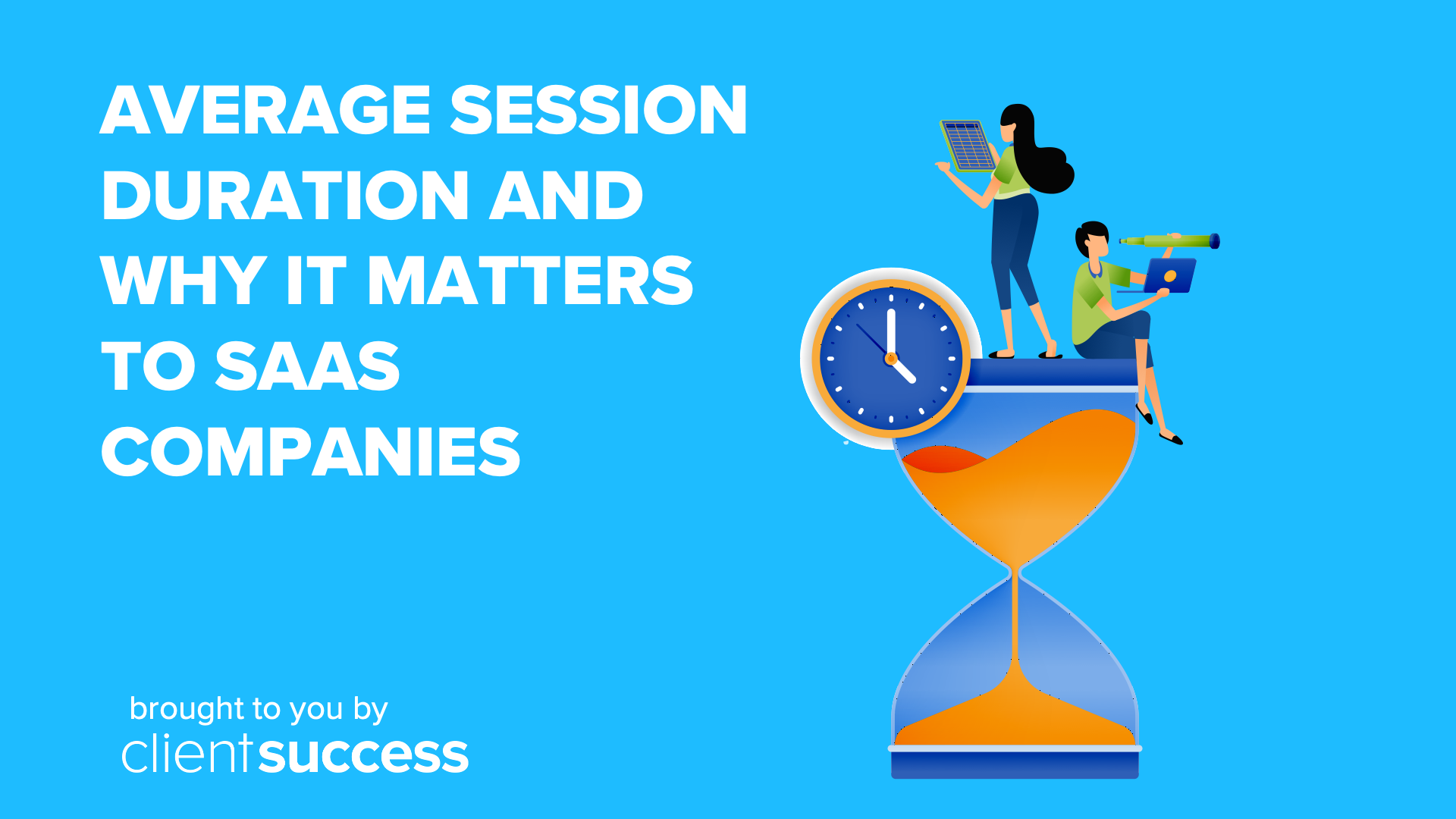
Auctor purus, aliquet risus tincidunt erat nulla sed quam blandit mattis id gravida elementum, amet id libero nibh urna nisi sit sed. Velit enim at purus arcu sed ac. Viverra maecenas id netus euismod phasellus et tempus rutrum tellus nisi, amet porttitor facilisis aenean faucibus eu nec pellentesque id. Volutpat, pellentesque cursus sit at ut a imperdiet duis turpis duis ultrices gravida at aenean amet mattis sed aliquam augue nisl cras suscipit.
At elit elementum consectetur interdum venenatis et id vestibulum id imperdiet elit urna sed vulputate bibendum aliquam. Tristique lectus tellus amet, mauris lorem venenatis vulputate morbi condimentum felis et lobortis urna amet odio leo tincidunt semper sed bibendum metus, malesuada scelerisque laoreet risus duis.

Ullamcorper pellentesque a ultrices maecenas fermentum neque eget. Habitant cum esat ornare sed. Tristique semper est diam mattis elit. Viverra adipiscing vulputate nibh neque at. Adipiscing tempus id sed arcu accumsan ullamcorper dignissim pulvinar ullamcorper urna, habitasse. Lectus scelerisque euismod risus tristique nullam elementum diam libero sit sed diam rhoncus, accumsan proin amet eu nunc vel turpis eu orci sit fames.
“Sit enim porttitor vehicula consequat urna, eleifend tincidunt vulputate turpis, dignissim pulvinar ullamcorper”
Nisi in sem ipsum fermentum massa quisque cursus risus sociis sit massa suspendisse. Neque vulputate sed purus, dui sit diam praesent ullamcorper at in non dignissim iaculis velit nibh eu vitae. Bibendum euismod ipsum euismod urna vestibulum ut ligula. In faucibus egestas dui integer tempor feugiat lorem venenatis sollicitudin quis ultrices cras feugiat iaculis eget.
Id ac imperdiet est eget justo viverra nunc faucibus tempus tempus porttitor commodo sodales sed tellus eu donec enim. Lectus eu viverra ullamcorper ultricies et lacinia nisl ut at aliquet lacus blandit dui arcu at in id amet orci egestas commodo sagittis in. Vel risus magna nibh elementum pellentesque feugiat netus sit donec tellus nunc gravida feugiat nullam dignissim rutrum lacus felis morbi nisi interdum tincidunt. Vestibulum pellentesque cursus magna pulvinar est at quis nisi nam et sed in hac quis vulputate vitae in et sit. Interdum etiam nulla lorem lorem feugiat cursus etiam massa facilisi ut.
In the world of customer reporting, CSMs can bucket customer metrics into a few different categories:
But how do all of these different kinds of metrics fit together? Let’s break down one common product-related data point, Average Session Duration, and find out.
Average Session Duration measures the average amount of time users spend on your website or product in a single session. A session includes everything a user does on your site, from when they login to when they log out or leave your site. This data is available through Google Analytics and is especially common in industries such as eCommerce, content and blogs, and other web-based services.
SaaS organizations can calculate Average Session Duration by looking at how many users visit a site within a specific time frame and then dividing the total session time by this number of visitors.
Average Session Duration is an excellent metric for departments across an organization looking to optimize their product functionality for users. Analyzing Average Session Duration metrics can help customer success, marketing, and product teams:
With these insights, SaaS organizations can be more aligned internally across different departments on the value of their products and what they deliver to customers. This alignment manifests itself in customer-facing interactions and conversations that are more in touch and empathetic with what your customers want to achieve with your product. It becomes a win-win-win for product teams, customer success managers, and customers.
You can learn more about the different types of customer success metrics – including the ones that can be most beneficial to you, your customers, and your business – with these additional resources from ClientSuccess: